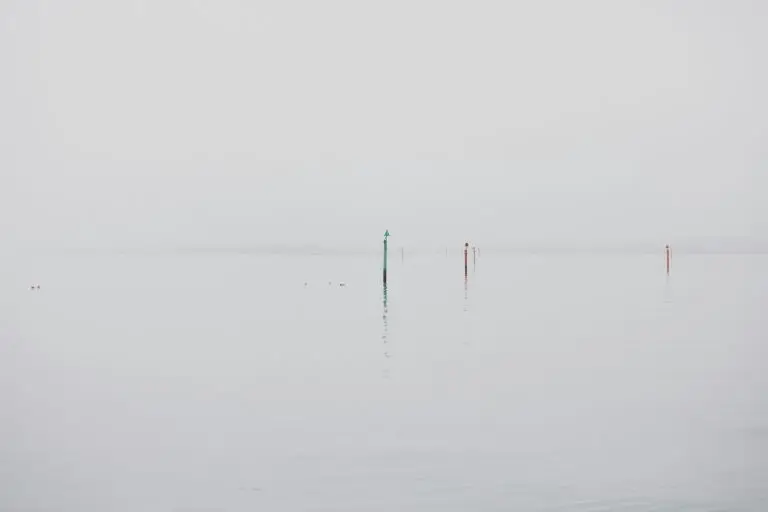Stillness as a Teacher: How Silence Reveals Spiritual Wisdom
We live in a world that prizes noise. From constant notifications to the endless scroll of opinions and updates, silence often feels like a forgotten language. But if you’ve ever paused long enough to notice the stillness between breaths, you’ve already touched the doorway to something deeper.
Stillness isn’t emptiness. It’s a presence. A teacher. And for those walking a spiritual path—whether rooted in meditation, prayer, or contemplative living—silence has a way of teaching us what words cannot.
Why Silence Feels So Unnatural (At First)
Let’s be honest. Stillness can feel uncomfortable. The moment we turn off the music or step away from our screens, a thousand thoughts rush in. What’s for dinner? Did I say the wrong thing in that meeting? Why am I doing this again?
But this discomfort isn’t a sign that stillness is wrong for us—it’s a sign that we’re out of practice. Most of us aren’t used to sitting with ourselves without distraction. Silence strips away the noise, leaving us face-to-face with the raw, unfiltered experience of being human.
And that’s exactly where the wisdom lives.
The Spiritual Power of Stillness
Stillness has always been a cornerstone of spiritual practice. From the silent retreats of Christian mystics to the meditative stillness of Zen monks, wisdom traditions across the world have long recognised silence as sacred.
Why? Because stillness gives space for awareness to arise. It slows us down enough to notice. And in that noticing, truth emerges.
You might find yourself seeing old problems with new clarity. Or feeling a deeper connection to something greater—whether you call it God, Source, the Tao, or simply presence.
In silence, we stop doing and start being. And being, as it turns out, is where the real transformation happens.
What Stillness Can Teach Us
Stillness isn’t passive. It’s deeply alive. And if we listen closely, it can teach us things we might never learn from books or podcasts.
Here’s what silence often reveals:
1. You Are Not Your Thoughts
In the stillness of meditation or quiet contemplation, we begin to notice that thoughts come and go. Some are helpful. Many are repetitive or anxious. But none of them are you.
This is a radical shift. When you realise that you can observe your thoughts without being controlled by them, you unlock a deeper freedom. You begin to inhabit the witness—the deeper awareness that sees without judging.
2. Presence Is Enough
Stillness invites us to drop the endless striving and come home to the now. Not because we’ve finished the to-do list. Not because everything is perfect. But because this moment, in its simplicity, is enough.
You might be surprised how peaceful that feels. How your breath becomes your anchor. How you stop chasing happiness and start resting in it.
3. Truth Rises in Quiet Moments
When the mind quiets down, intuition has room to speak. That quiet nudge to forgive. The sense that it’s time for a change. The deep knowing that no matter what happens, you’ll be okay.
Stillness doesn’t always give us answers. But it does give us clarity. And clarity, more often than not, is the beginning of wisdom.
Creating Space for Stillness in Daily Life
You don’t need to escape to a monastery to experience the power of silence. Stillness is always available—it just needs a bit of space to unfold.
Here are a few simple ways to welcome more silence into your life:
Morning Quiet Time
Before the emails and the noise of the day begin, carve out ten minutes just for stillness. Sit quietly with your breath. Let your thoughts settle like snow in a globe. Start the day from centre, not chaos.
Pause Before Speaking
In conversation, practise leaving a little space before you reply. Let silence soften the exchange. You might find your responses become more thoughtful, more compassionate, more true.
Tech-Free Moments
Create mini pockets of stillness throughout your day. Turn off the radio in the car. Put your phone on airplane mode during lunch. Take a walk without headphones. Let the world be quiet again.
Silent Retreats (Even Mini Ones)
If you’re able, try a day of intentional silence—even if just at home. No talking. No media. Just being. You might be amazed at what comes to the surface when the noise falls away.
But Isn’t Silence Just Avoidance?
This is a common concern. What if I’m using stillness to avoid real-life problems?
It’s a fair question. But true stillness doesn’t numb us—it sensitises us. It doesn’t help us escape reality—it helps us meet it with fresh eyes and an open heart.
When we become still, we’re not running away. We’re turning toward life with more presence, more clarity, and more courage.
Stillness isn’t avoidance. It’s alignment.
Ancient Wisdom, Modern Relevance
Many of the world’s greatest spiritual teachers point to silence as the highest teaching.
Lao Tzu said, “Silence is a source of great strength.”
St John of the Cross wrote, “Silence is God’s first language.”
And Ramana Maharshi, the silent sage of India, taught through presence alone—his stillness doing the speaking.
These aren’t just poetic ideas. They’re practical invitations. In a world addicted to noise, silence is radical. Stillness is revolutionary. And wisdom, as it turns out, is often whispered, not shouted.
Let Silence Be Your Teacher
If you’re yearning for more meaning, more connection, or more peace, don’t be afraid to stop. To get quiet. To listen.
Stillness doesn’t demand anything from you. It doesn’t ask you to perform or produce. It simply invites you to remember. To return. To rest in the truth of your own being.
So today, let silence teach you.
Even if just for a moment.
Let it remind you that wisdom isn’t something you chase—it’s something you uncover. And it’s already within you, waiting in the stillness.
Extra Resources
You might find this post interesting: Dogen Zenji and the Zen Buddhist Tradition
Ready to find your inner calm? Go here to start your journey.
Why not treat yourself to a Mindfulness Retreat or a Meditation Retreat in the beautiful Devon countryside?
Best Wishes,
David.
© D. R. Durham, All rights reserved, 2025.




